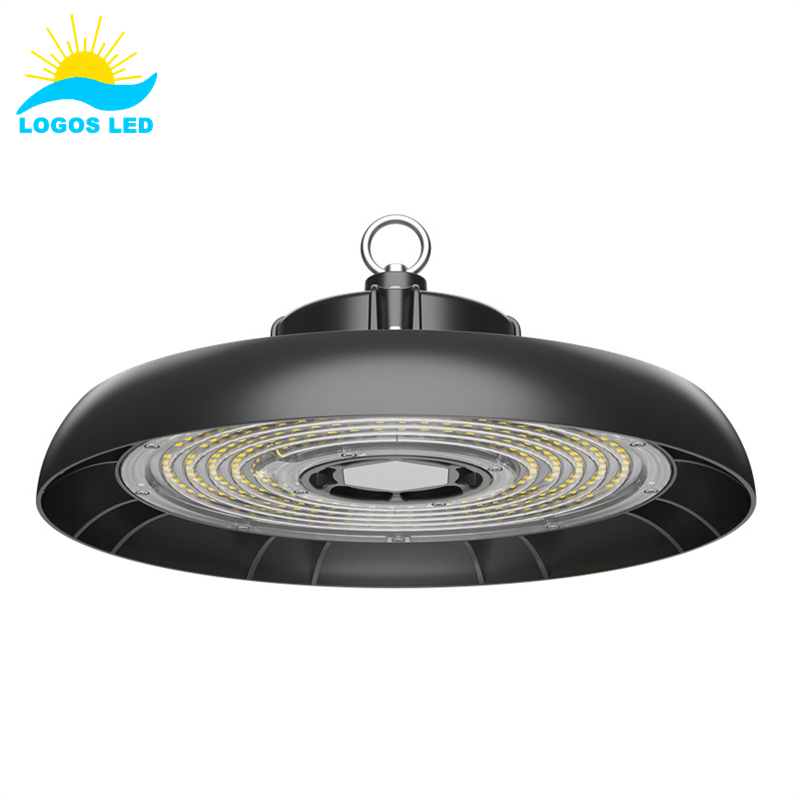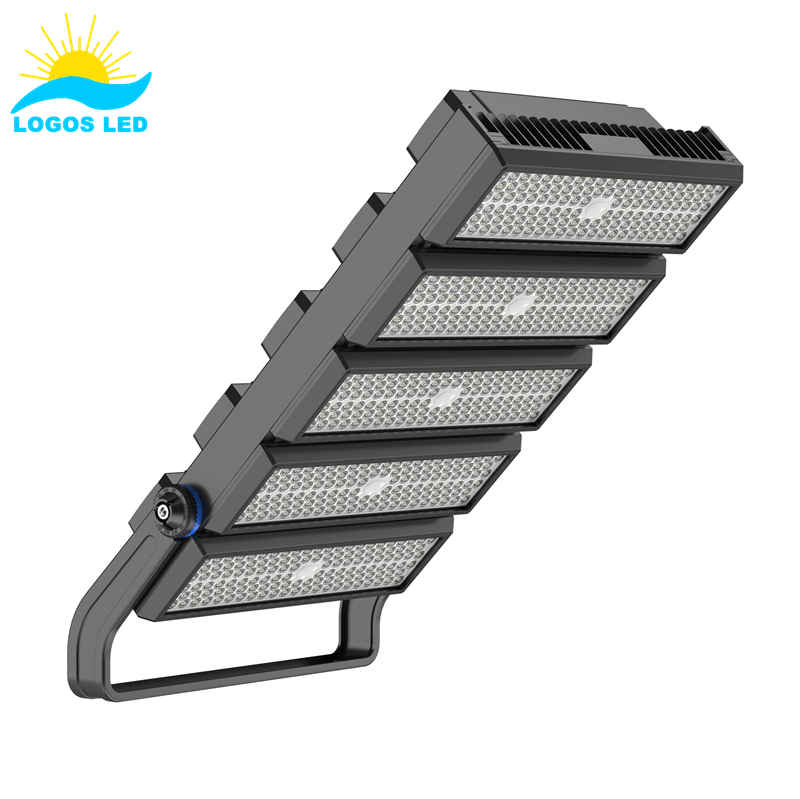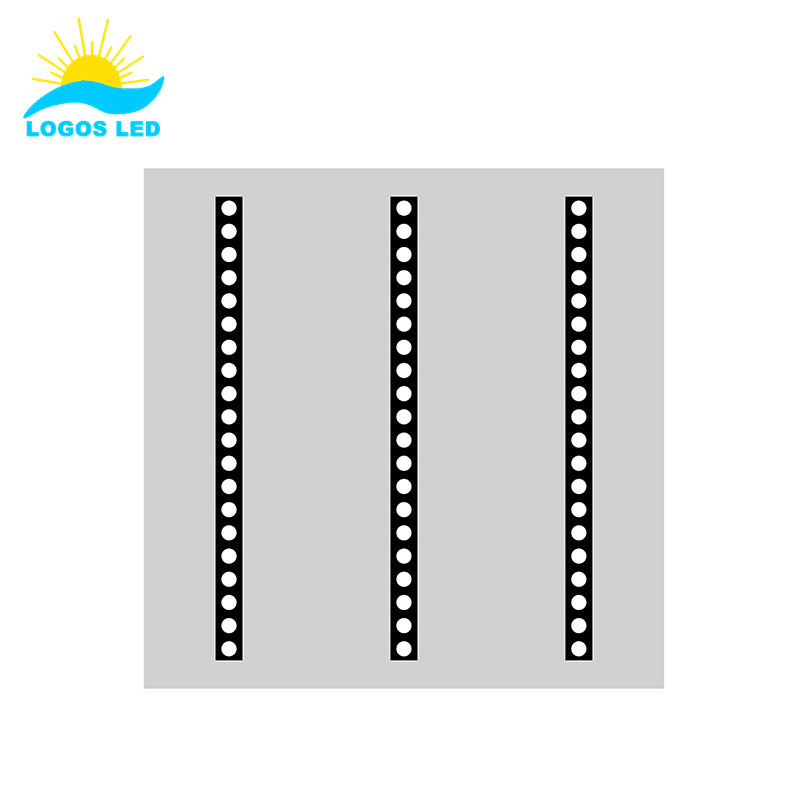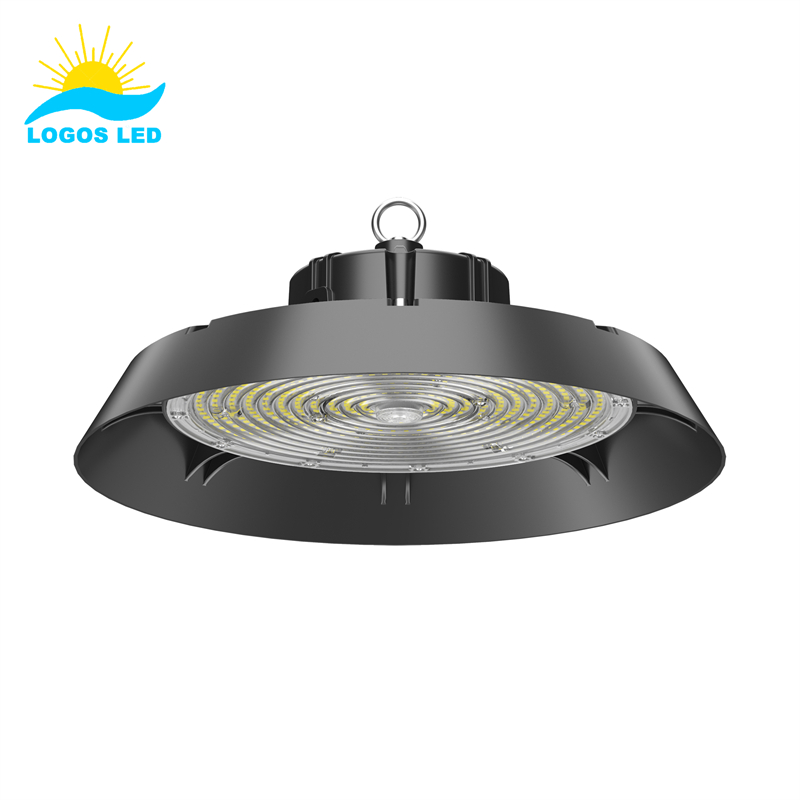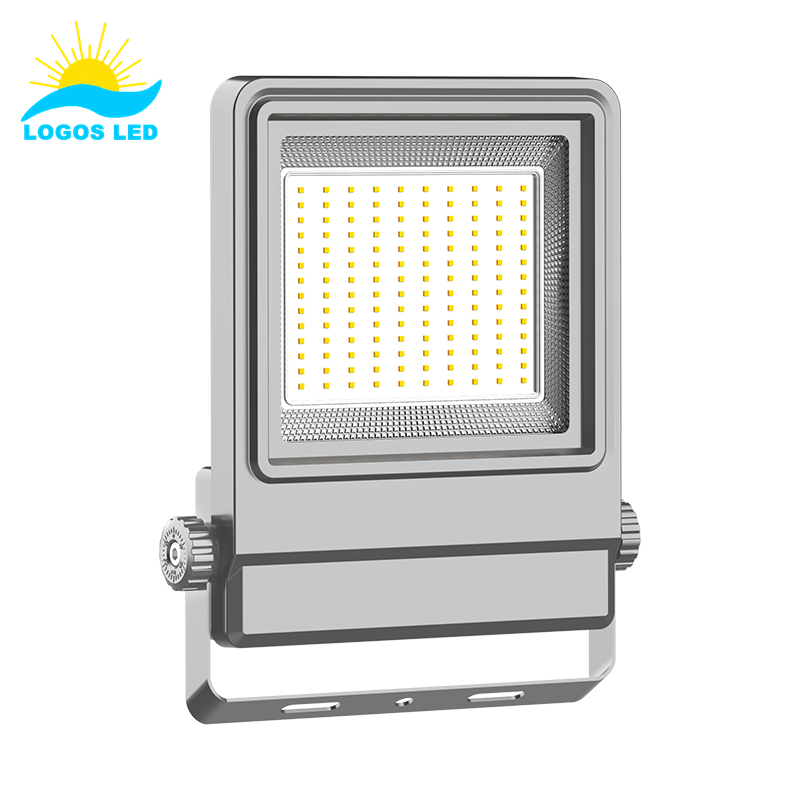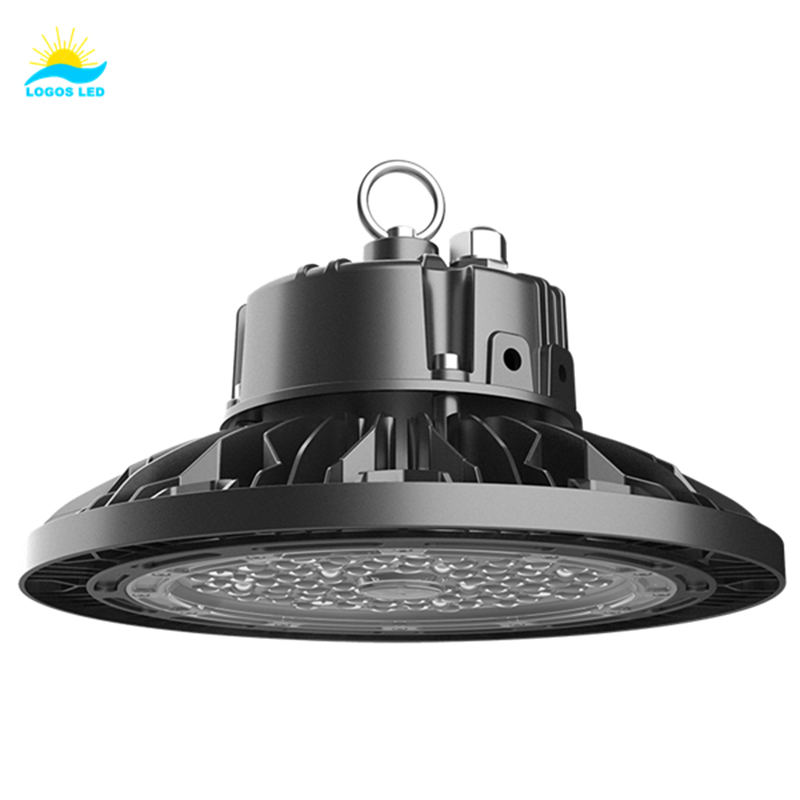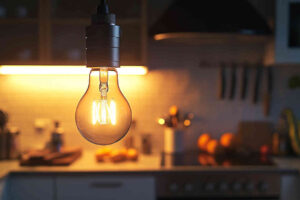Recessed lighting is sleek and modern, but installing it incorrectly can lead to costly mistakes. Poor planning can result in unnecessary expenses, rewiring issues, or even ceiling damage. If you don’t consider all factors upfront, the final bill can be much higher than expected. The good news? Understanding the costs involved can help you plan smartly and avoid budget surprises.
The cost of installing recessed lighting varies depending on factors like labor, materials, and ceiling type. On average, the cost to install recessed lighting ranges from $100 to $300 per light, with total expenses between $800 and $2,500 for a standard-sized room. Professional installation is typically more expensive but ensures proper wiring and fixture placement. DIY installation can save money, but it requires electrical knowledge and careful planning.
Let’s break down the factors influencing costs and how to save money on your recessed lighting installation.
Table of Contents
Factors Influencing the Cost of Installing Recessed Lighting
Several factors determine the final cost of recessed lighting installation:
Material and Design
The choice of materials plays a major role in pricing. High-end materials like solid metal and glass trims cost more but provide better durability and a premium look. On the other hand, plastic finishes are more budget-friendly but may not be as long-lasting or visually appealing. Custom designs or fixtures with artistic elements can further increase costs but contribute to an upscale ambiance.
Installation Complexity
The complexity of the installation process significantly affects overall expenses. Several factors impact installation difficulty, including:
– Existing ceiling structure
– Need for additional electrical work
– Ceiling height
– Presence of insulation
Installing recessed lights in an insulated ceiling or a multi-story home may require extra labor and materials, increasing costs.
Energy Efficiency
LED recessed lights come with a higher upfront cost compared to halogen or incandescent bulbs, but they offer superior energy efficiency and a longer lifespan. The initial investment can be offset by long-term savings on energy bills and reduced replacement costs.
Housing Type
The type of recessed lighting housing influences pricing, with costs ranging from $10 to $160 per fixture. Common types include:
– IC-rated ($10-$110)
– Non-IC-rated ($10-$150)
– Airtight ($10-$120)
– Shallow ($10-$150)
– Canless ($15-$130)
– Wet-rated ($20-$100)
– Vaulted ($20-$75)
Each housing type is designed for different ceiling conditions and installation requirements, affecting both cost and complexity.
Labor Costs
Hiring a professional electrician for installation can range from $50 to $500 per fixture, depending on job complexity and local labor rates. While hiring a licensed electrician ensures safety and compliance with regulations, it adds to the overall project cost.
Number of Fixtures
The total cost is directly influenced by the number of recessed lights required. On average, installing each fixture costs around $330, with a range of $100 to $500 per light, depending on the setup and materials used.
Additional Considerations
Several other factors can add to the cost of recessed lighting installation1, including:
– New construction vs. existing ceiling installation
– Need for drywall repairs
– Indoor vs. outdoor lighting applications
– Installation of dimmer switches
– Potential need for wall panel adjustments
By evaluating these factors, homeowners can better estimate their total budget and plan accordingly for a successful recessed lighting installation.
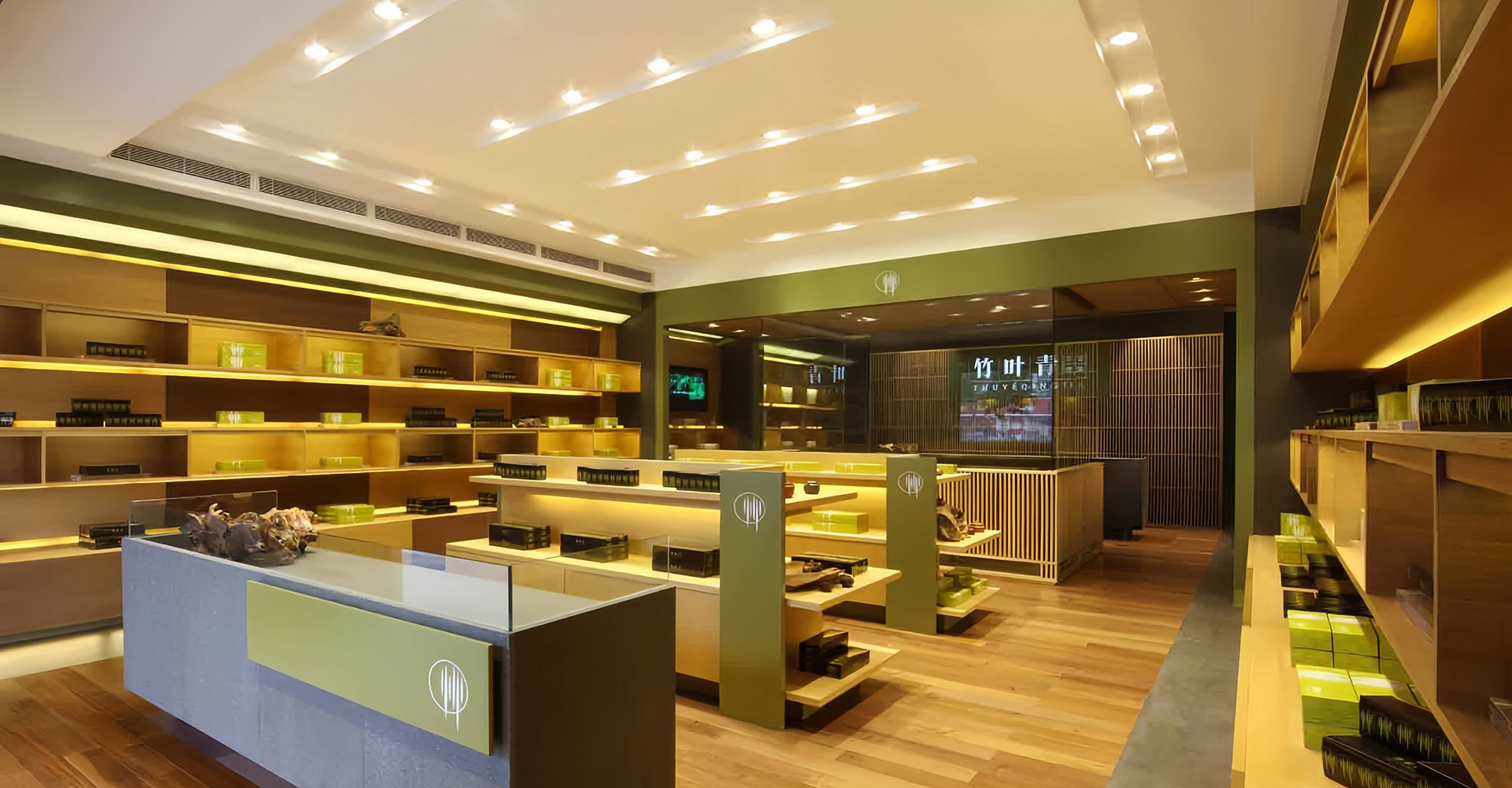
DIY Recessed Lighting Installation Costs
Installing recessed lighting by yourself can significantly reduce costs compared to hiring a professional. Here’s a breakdown of the typical expenses involved in a DIY recessed lighting2 project.
Materials
- Recessed lighting kits: $20 – $60 per fixture, including the housing, trim, and bulb
- LED bulbs: $5 – $20 per bulb if not included in the kit
- Wiring and electrical supplies: $20 – $50 for items such as additional wiring, junction boxes, and wire nuts
- Tools: A drywall saw, wire strippers ($10 – $20), and a voltage tester ($15 – $30)
Additional Costs
- Permits: $50 – $200, as some areas require permits for electrical work, even for DIY installations
- Drywall repair: $10 – $50 per patch, in case additional holes need to be cut or mistakes occur
Time Investment
If you’re comfortable with basic electrical work and have the necessary tools, expect to spend about 1 to 2 hours per fixture for installation. The total time required can vary depending on the complexity of the job and ceiling type.
Total Cost Estimation
- Single recessed light: DIY installation costs range from $50 to $130
- Project with 4 to 6 lights: Total cost ranges from $200 to $780, depending on materials and tools needed
Considerations
While DIY installation can save money, it’s important to consider the following:
– Safety: Working with electricity can be dangerous if you’re inexperienced.
– Code compliance: Ensure the work meets local electrical codes to avoid fines or rework.
– Quality: Proper installation is crucial for aesthetics, functionality, and long-term performance.
– Time: DIY projects often take longer than professional installations, especially if unforeseen challenges arise.
If you’re not confident in your electrical skills, hiring a professional may be a worthwhile investment. The average cost for professional installation is around $330 per light, with a range of $100 to $500 per fixture.
DIY vs Professional Installation
DIY Installation
Pros:
– Lower cost
– Full control over fixture placement
– No scheduling conflicts with electricians
Cons:
– Risk of electrical mistakes
– Requires knowledge of wiring and safety codes
– Can be time-consuming
Professional Installation
Pros:
– Ensures proper electrical work
– Faster and safer installation
– Reduces risk of code violations
Cons:
– Higher cost
– Dependent on contractor availability
If you’re unsure about electrical work, hiring a professional can prevent costly errors.
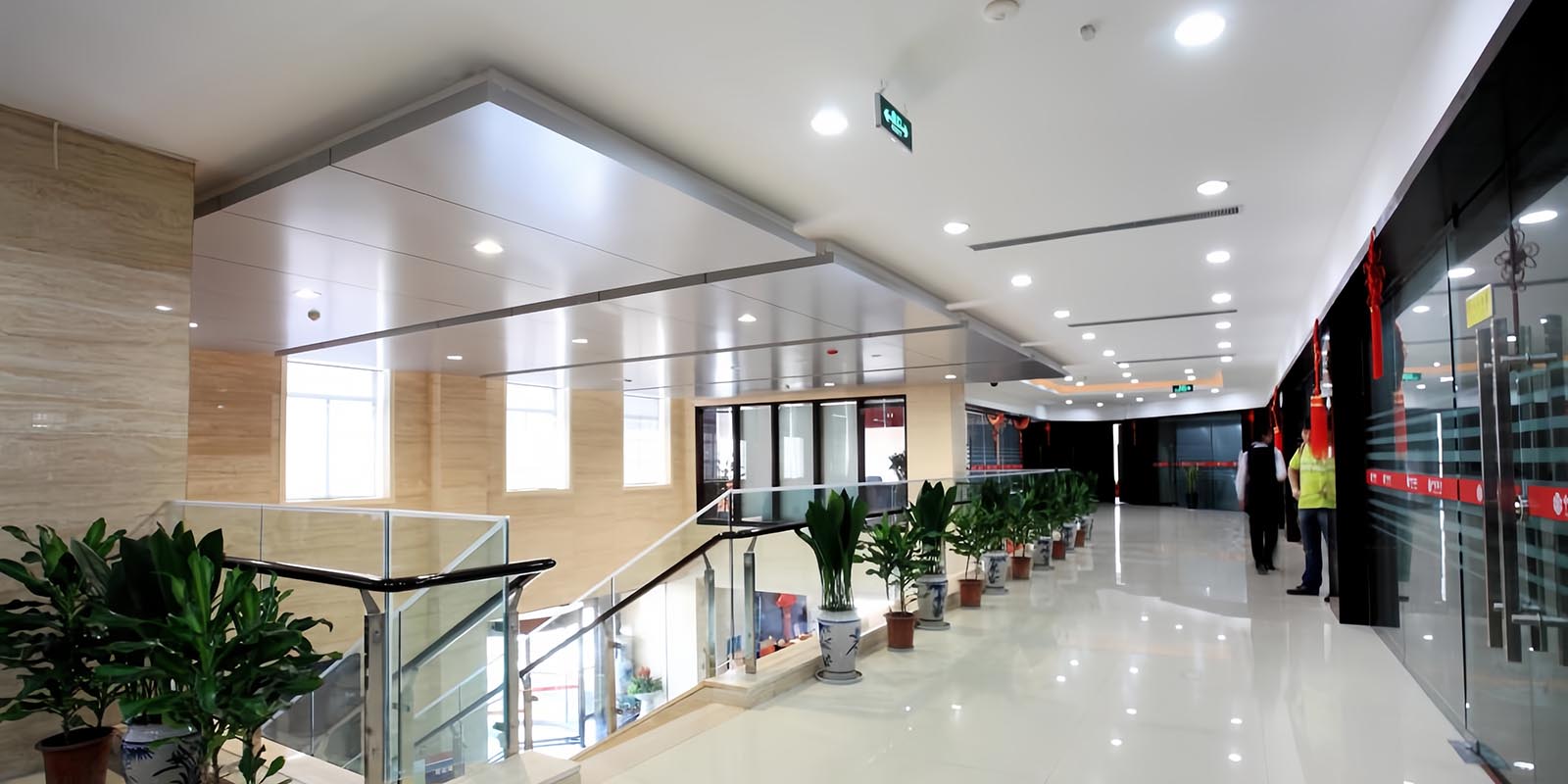
New Construction vs. Ceiling With Pre-Existing Lights
New Construction
Installing recessed lighting in new construction is generally cheaper because electricians can easily access open ceilings. Expect costs between $100 to $200 per light.
Existing Ceilings
Retrofitting recessed lights into an existing ceiling is more expensive due to the extra labor involved in cutting drywall and fishing wires. Costs range from $150 to $300 per light, depending on ceiling type.
Indoor vs. Outdoor Recessed Lighting Installation Cost
Indoor Recessed Lighting
- Standard installation: $100–$300 per fixture
- Kitchen recessed lighting: $150–$350 per fixture due to extra wiring for dimmers
Outdoor Recessed Lighting
- Soffit lighting: $200–$400 per fixture (requires weatherproofing)
- Deck or patio recessed lighting: $250–$500 per fixture
Outdoor lighting requires weather-resistant fixtures and additional labor, increasing overall costs.
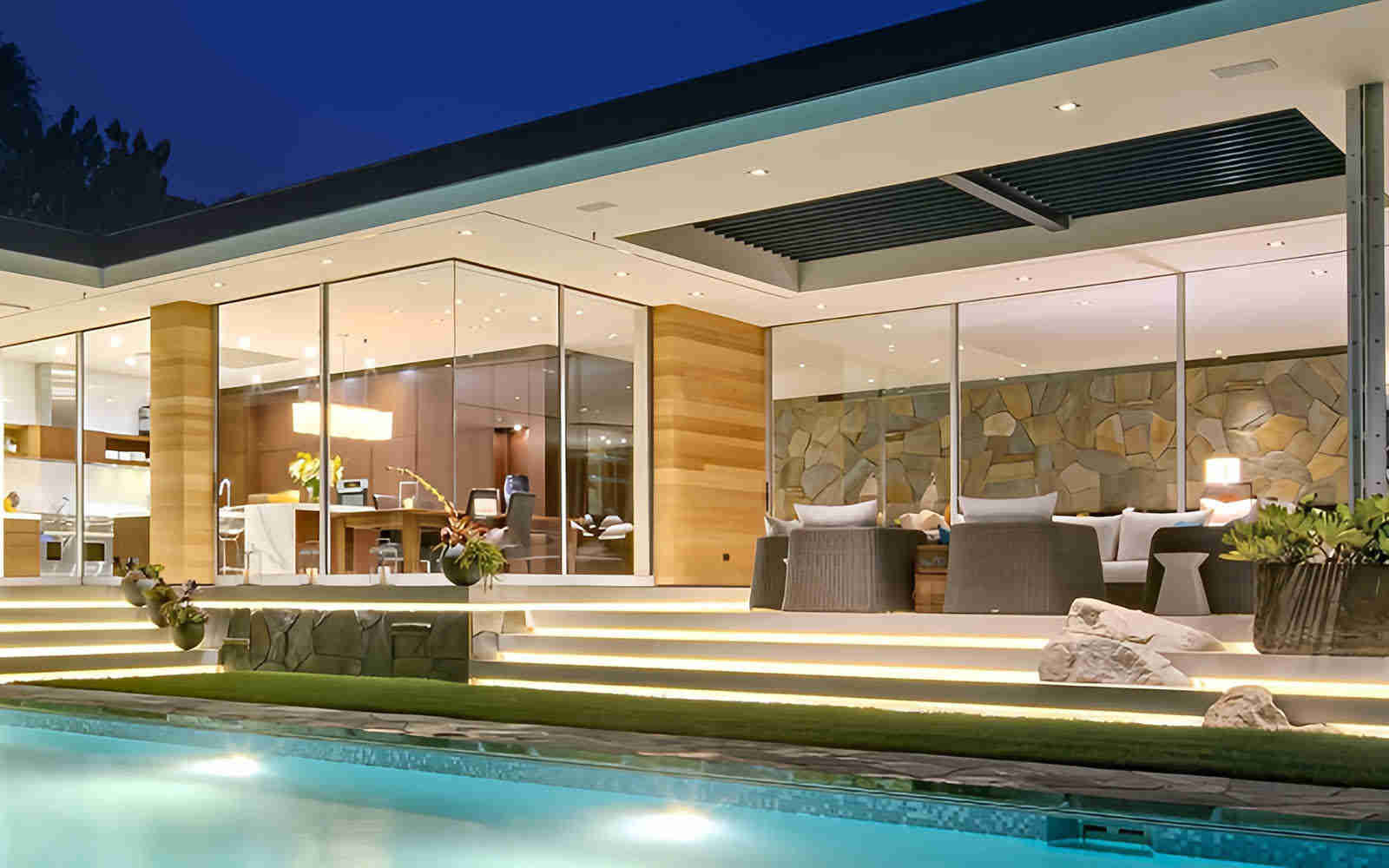
Do You Need an Electrician to Install Recessed Lighting?
If you’re not experienced with electrical work, hiring an electrician is the safest option. Incorrect wiring can lead to fire hazards or circuit overloads. An electrician ensures:
– Proper fixture placement
– Secure electrical connections
– Compliance with local building codes
While DIY installation is possible, professional work is recommended for complex setups.
How Much Does an Electrician Charge to Install Ceiling Lights?
Electricians charge between $50 and $120 per hour, depending on location and expertise. Installing recessed lighting typically takes 1-2 hours per fixture, leading to labor costs of $75 to $250 per light. Additional costs may apply if electrical upgrades are required.
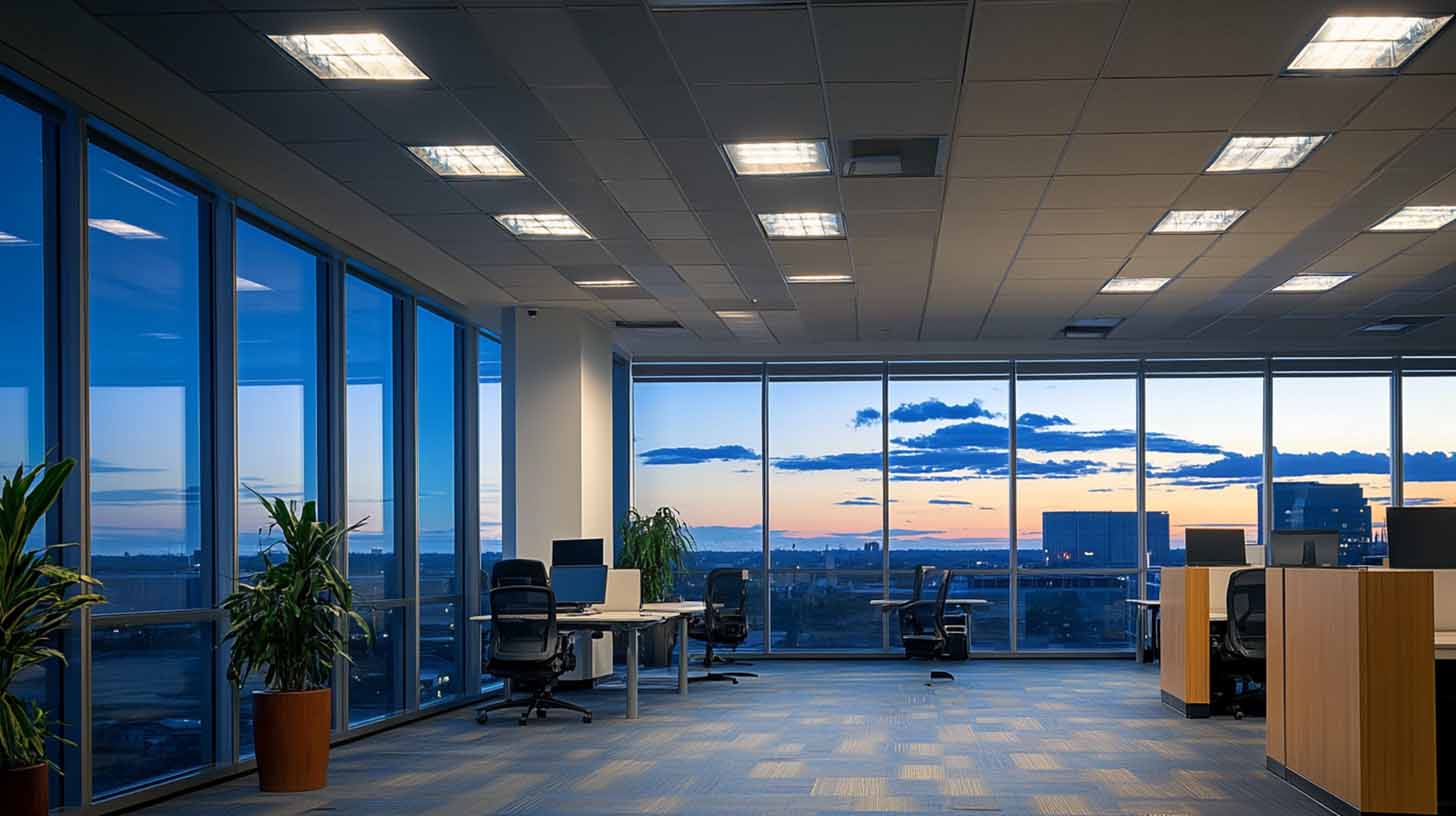
How to Save Money on the Cost of Installing Recessed Lighting
Installing recessed lighting can be expensive, but there are several ways to reduce costs while maintaining quality. Here are six practical strategies to help you stay within budget.
1. Choose the Right Type of Recessed Lights
Selecting the right type of recessed lighting can save money both upfront and in the long run. LED recessed lights may have a higher initial cost compared to traditional incandescent or halogen fixtures, but they consume significantly less energy and last much longer.
– LED lights3 use up to 80% less energy than incandescent bulbs.
– Longer lifespan reduces replacement and maintenance costs over time.
– Dimmable options allow for adjustable lighting, reducing energy consumption when full brightness isn’t needed.
2. Plan Your Layout Carefully
Proper planning ensures you install the optimal number of lights, preventing unnecessary purchases and reducing labor costs.
– Measure your space and determine how many fixtures you actually need.
– Use a lighting layout planner or consult an expert to avoid over-lighting or under-lighting the space.
– Consider light spacing to maximize illumination efficiency without using excessive fixtures.
– Think about room function—some areas may need brighter task lighting, while others can work with fewer lights.
3. DIY Installation Where Possible
While electrical work can be complex, certain aspects of recessed lighting installation can be done without professional help.
– Prepping the ceiling: Cutting holes and securing mounting brackets can be a simple DIY task.
– Running wiring: If you’re comfortable with basic wiring, you may be able to connect the lights yourself.
– Hiring an electrician only for final connections: This approach lets you save on labor costs while ensuring safe installation.
– Use plug-in or battery-powered recessed lights as an alternative for areas where full wiring is unnecessary.
4. Hire the Right Professional
If you opt for professional installation, finding the right electrician at the best price is crucial.
– Get multiple quotes: Comparing at least three different electricians helps find the most reasonable rate.
– Check credentials and experience: Hiring a licensed and insured professional ensures the job is done correctly and safely.
– Ask about package deals: Some electricians offer discounts when installing multiple fixtures at once.
– Consider a handyman for basic installations: If the electrical work is minimal, a general contractor may charge less than a licensed electrician.
5. Timing Matters
When you schedule your installation can affect labor costs.
– Install lights during home renovations: Electricians typically charge less when they already have access to open ceilings and walls.
– Avoid peak seasons: Hiring an electrician during off-peak times (late winter or early fall) may result in lower labor costs.
– Book professionals in advance: Last-minute jobs often come with extra fees.
6. Take Advantage of Rebates and Discounts
Many utility companies and manufacturers offer rebates or incentives for energy-efficient lighting installations.
– Check local energy efficiency programs4: Some states and utility providers offer rebates for switching to LED recessed lights.
– Look for manufacturer discounts: Some brands provide seasonal promotions or bulk discounts.
– Buy in bulk: If you’re installing multiple lights, purchasing a multi-pack may be more cost-effective than buying individual units.
By carefully considering these cost-saving strategies, you can achieve a high-quality recessed lighting installation5 without overspending. Whether you choose energy-efficient LED fixtures, plan your layout strategically, or take advantage of rebates, these tips will help you stay within budget.
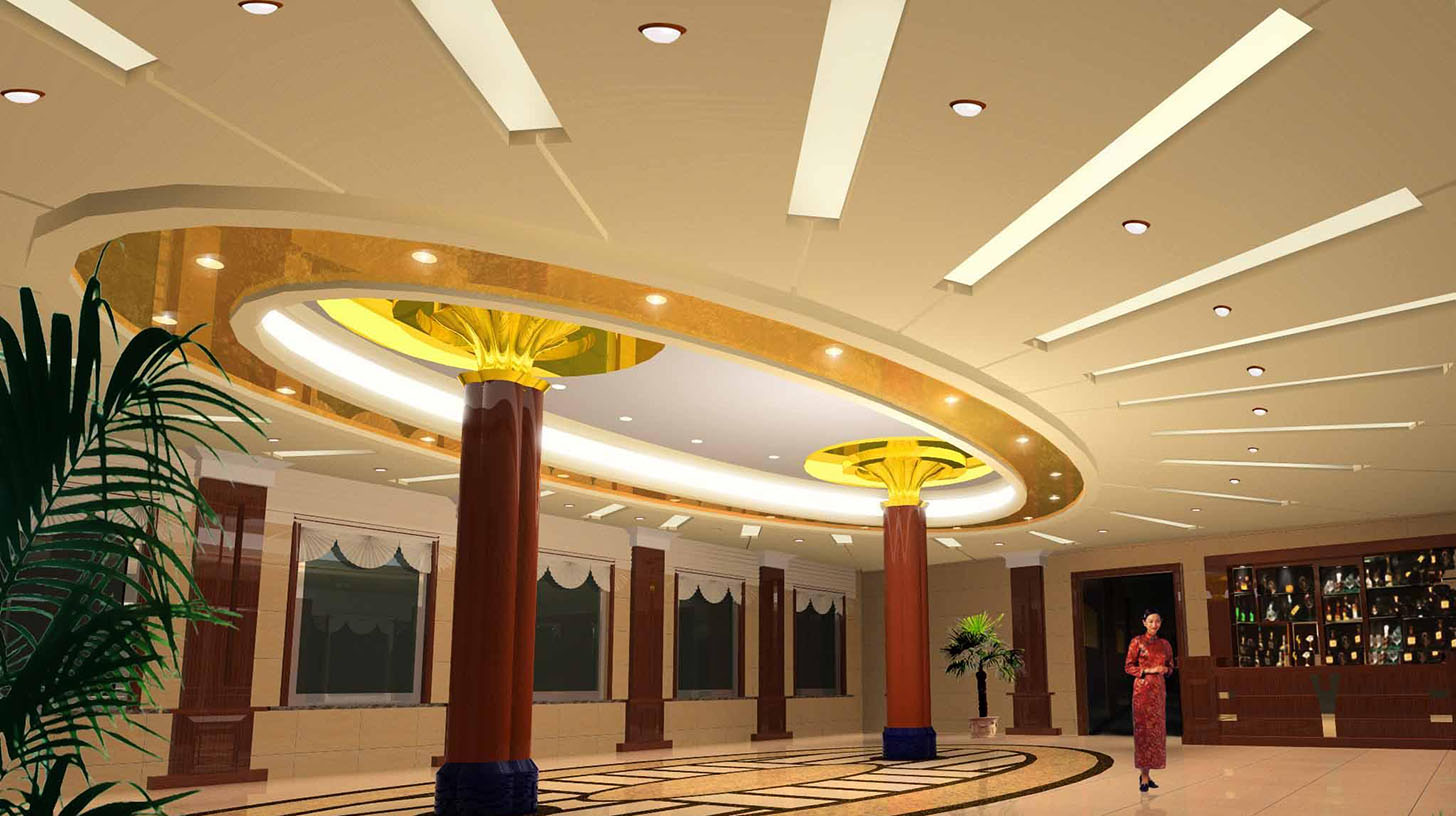
Conclusion
The cost of installing recessed lighting varies based on fixture type, ceiling condition, and labor. While professional installation ensures safety and efficiency, DIY installation can help save money. By carefully planning your lighting layout and choosing energy-efficient options, you can achieve the perfect lighting setup within budget. Need expert advice on recessed lighting? Contact us today, and we’ll help you find the best solution for your space!
Request A Free Quote Now!
Send us a message if you have any questions or request a quote. We will get back to you ASAP!
- Explore expert tips and guidelines to ensure a successful recessed lighting installation, avoiding common pitfalls and costly mistakes. ↩
- Learn about the benefits and challenges of DIY recessed lighting to make an informed decision on your project. ↩
- Explore the advantages of LED lights, including energy savings and longevity, to make informed choices for your lighting needs. ↩
- Discover available rebates and incentives that can significantly reduce your costs when switching to energy-efficient lighting solutions. ↩
- Understanding the costs associated with recessed lighting installation can help you budget effectively and avoid surprises. ↩



